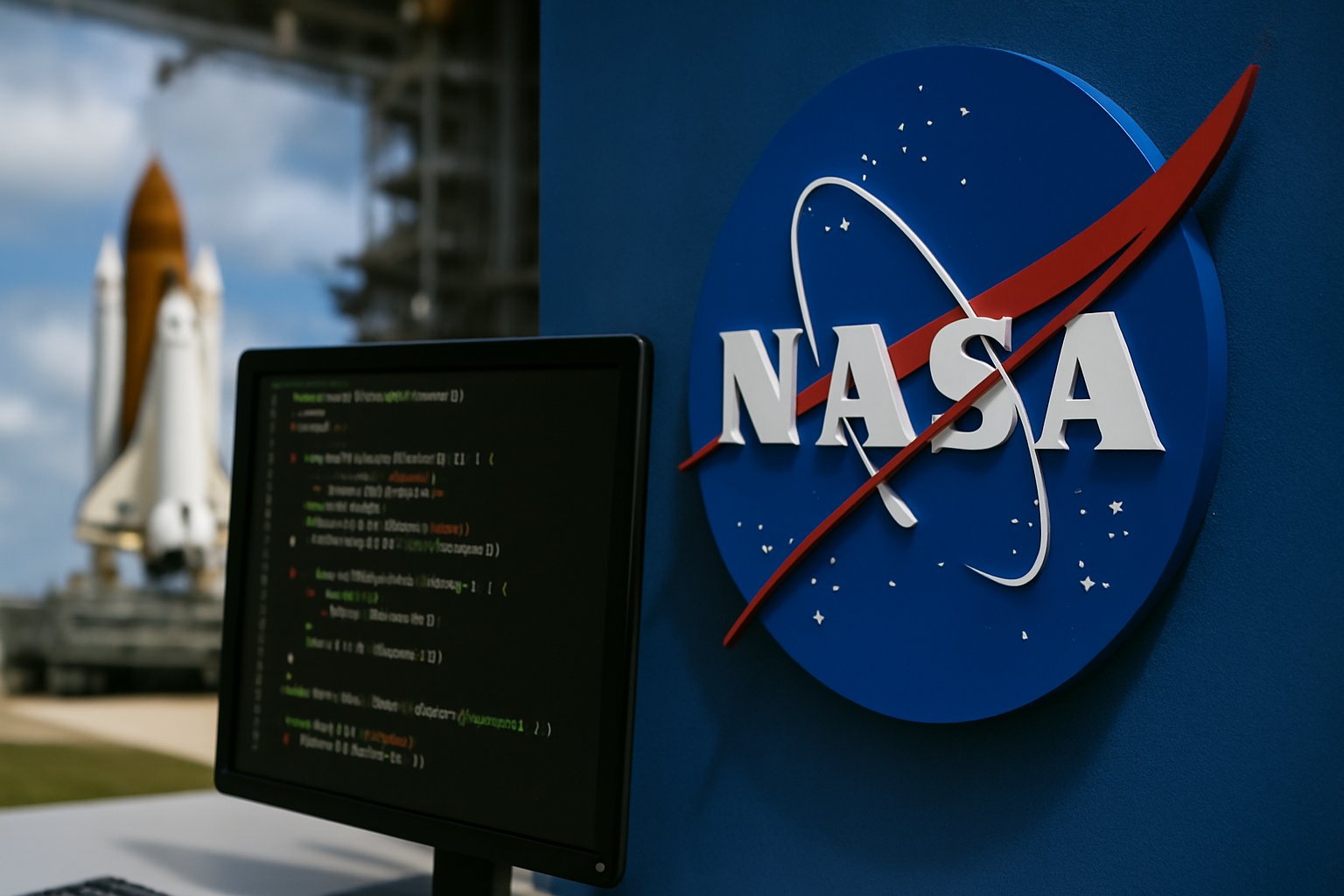NASA’s open source software, developed and utilized in-house, may expose the agency to significant breaches, according to security researcher Leon Juranić of ThreatLeap. Juranić has unearthed a series of vulnerabilities in NASA’s software that could potentially be exploited to compromise the agency’s systems. His findings underline the need for enhanced cybersecurity measures, particularly within government agencies responsible for sensitive operations.
Juranić’s analysis, conducted over a brief four-hour code review, revealed multiple stack-based buffer overflow vulnerabilities in NASA’s Portable Environment for Quick Image Processing (QuIP) along with similar issues in tools like OpenVSP (Open Vehicle Sketch Pad) and RHEAS (Regional Hydrologic Extremes Assessment System). These vulnerabilities could allow malicious files to infiltrate systems via unsuspecting users, who may be tricked into downloading and executing harmful files delivered via email or web.
Particularly concerning is Juranić’s discovery of memory corruption flaws across various NASA software applications, which could allow for remote code execution. Juranić stated, “I didn’t bother to prove that the discovered straightforward vanilla stack based buffer overflows can be exploited, but I didn’t find obstacles to why they wouldn’t be exploitable.” The implications of this could extend beyond NASA, affecting other organizations and institutions using the vulnerable software, posing a significant security risk.
Despite the gravity of his findings, Juranić expressed frustration over NASA’s lack of communication regarding security vulnerability disclosures. He has sought to report his discoveries to NASA multiple times but received no acknowledgment or response from the agency, which has a policy instructing staff not to engage with external reports of vulnerabilities. This presents an apparent barrier to addressing security flaws that could provoke serious repercussions in NASA’s operations.
Juranić emphasized the importance of adopting common security practices for software development, especially in government agencies. He noted, “Common security practices for Secure Software Development Life Cycle (SDLC) are a must these days in every aspect of software development, especially for government agencies and their contractors.” As cyber threats evolve, the need for robust security measures in software development remains critical to protect sensitive information and maintain trust in public institutions.

